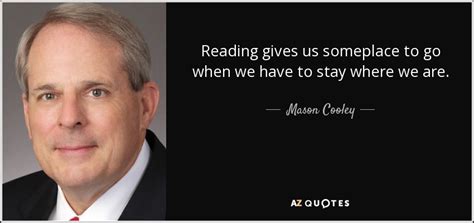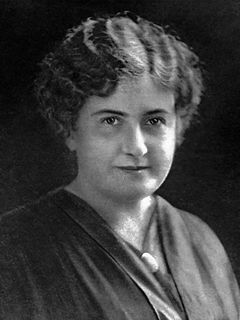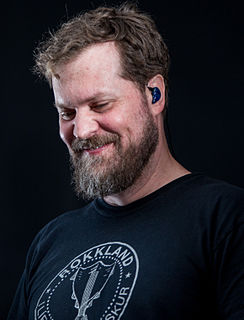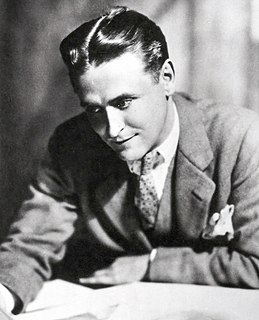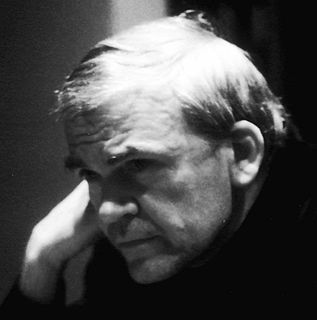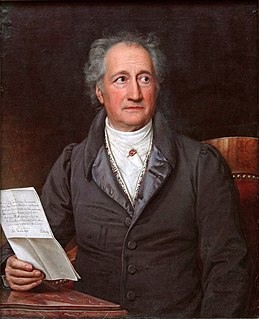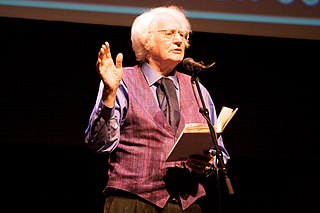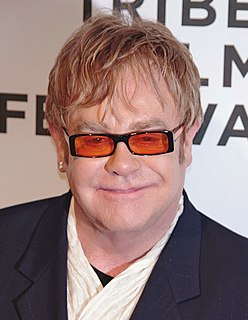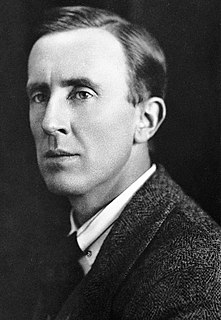Цитата Мэйсона Кули
Подросток — это одновременно и импульсивный ребенок, и самостоятельный взрослый.
Темы цитат
Связанные цитаты
С подростком никогда не следует обращаться как с ребенком, поскольку это этап жизни, который он преодолел. Лучше относиться к подростку так, как будто он имеет большую ценность, чем он показывает на самом деле, чем так, как если бы он имел меньше, и дать ему почувствовать, что его достоинства и самоуважение игнорируются.
В определенных обстоятельствах, когда он экспериментирует с новыми типами поведения, сотрудничая с себе подобными, ребенок уже становится взрослым. В каждом ребенке есть взрослый, а в каждом взрослом - ребенок. ... У ребенка существуют определенные взгляды и убеждения, которые интеллектуальное развитие будет все более и более устранять: есть и другие, которые будут приобретать все большее и большее значение. Последние не являются производными от первых, но отчасти антагонистичны им.
Мы не можем узнать личность маленького ребенка, изучая его системы интересов, ибо его внимание еще слишком лабильно, его реакции импульсивны, а интересы несформированы. Однако, начиная с подросткового возраста, самым надежным ключом к пониманию личности является иерархия интересов, включая любовь и привязанности взрослой жизни.
